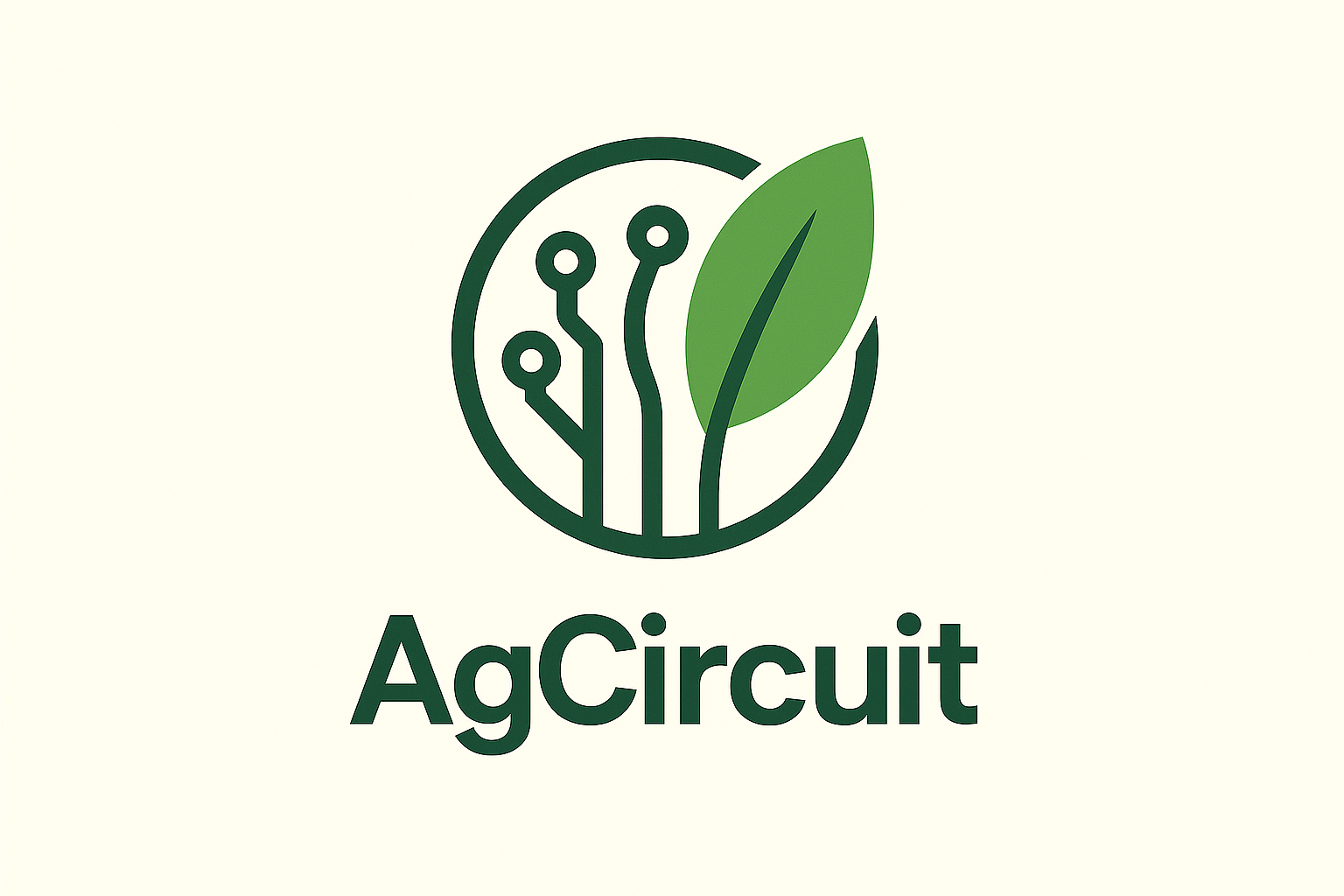Personalization at the micro level is transforming email marketing from generic broadcasts into highly relevant, engaging communications. While identifying key segments and crafting tailored content are foundational steps, the true power lies in executing these strategies through precise technical implementation. This guide provides a comprehensive, step-by-step approach to embedding micro-targeting techniques into your email campaigns, ensuring that every message resonates with individual customer nuances and behavioral signals.
3. Technical Implementation of Micro-Targeting Techniques
Building on the understanding of customer segmentation and personalized content creation, the next critical hurdle is implementing these strategies in your email marketing infrastructure. This involves integrating your Customer Relationship Management (CRM) system with your Email Service Provider (ESP), setting up dynamic content modules, leveraging APIs for real-time data, and automating workflows. Each step demands precision to ensure data accuracy, personalization relevance, and operational efficiency.
3a. Integrating CRM and ESP for Data Synchronization
The foundation of micro-targeted personalization is having unified, real-time customer data accessible within your email platform. Begin by establishing a bi-directional sync between your CRM (like Salesforce, HubSpot, or Dynamics) and your ESP (such as Mailchimp, Campaign Monitor, or Klaviyo). Use either native integrations, middleware tools (e.g., Zapier, MuleSoft), or custom API connectors to ensure that customer updates—such as recent purchases, browsing behavior, or engagement scores—are reflected immediately within your email platform.
Expert Tip: Regularly audit data flows to prevent lag or discrepancies, which can cause personalization errors or customer mistrust.
3b. Setting Up Dynamic Content Modules with Rules and Triggers
Modern ESPs support dynamic content blocks that adapt based on predefined rules. To leverage these, define segments based on real-time data attributes—such as recent browsing activity or purchase recency—and create conditional blocks within your email templates. For example, a product recommendation block can be set to display items from a customer’s last viewed category. Use rule builders to specify conditions like “if customer last interacted with category A within 7 days,” and set triggers to update content dynamically at send time.
| Condition | Example |
|---|---|
| Recent Purchase | Customer bought shoes in last 14 days |
| Browsing Behavior | Customer viewed winter jackets > 3 times |
Pro Tip: Use fallback content for customers who do not meet specific criteria to maintain engagement and avoid empty blocks.
3c. Using APIs to Fetch Real-Time Customer Data for Personalization
For advanced personalization, integrate your email system with external data sources via APIs. This allows fetching granular, real-time data points—such as live inventory levels, recent engagement scores, or external behavioral signals—that are not stored within your CRM. Implement server-side scripts within your email platform or your backend system to call APIs during email generation. For example, an API call can retrieve the latest recommendations based on a customer’s recent activity and embed them dynamically into the email content.
Technical Note: Ensure robust error handling and caching strategies to prevent delays or failures in email rendering.
3d. Step-by-Step Guide: Automating Personalization via Workflow Builders
Automating your micro-targeted personalization involves designing workflows that trigger personalized email sends based on customer actions or data updates. Here is a detailed process:
- Identify key triggers: e.g., recent purchase, abandoned cart, or profile update.
- Create personalized segments: dynamically assign customers to segments via CRM rules.
- Design email templates with dynamic blocks: embed conditional content based on segment data.
- Configure workflow automation: use ESP workflows or marketing automation tools to link triggers to email campaigns.
- Test the end-to-end process: simulate customer actions to verify correct personalization.
- Monitor and refine: analyze engagement metrics and adjust triggers or rules for optimal results.
Key Insight: Incorporate decision trees within workflows to handle complex personalization logic, such as multi-condition targeting.
Troubleshooting and Advanced Considerations
Even with a robust implementation plan, challenges such as data latency, API failures, or incorrect rule configurations can compromise personalization quality. Regularly audit your data pipelines and automation rules. Use real-time dashboards to spot anomalies quickly. Implement fallback content strategies—such as default recommendations or generic messaging—to ensure consistency. For high-stakes personalization, consider employing machine learning models to predict customer preferences more accurately and dynamically adjust content rules.
Pro Tip: Establish a dedicated testing environment mimicking production to trial new personalization rules without risking live campaign integrity.
Conclusion: Achieving Seamless Micro-Targeted Personalization
Deep technical integration is the backbone of effective micro-targeted personalization. By meticulously synchronizing customer data, deploying dynamic content modules, leveraging real-time APIs, and automating workflows, marketers can deliver hyper-relevant, timely messages that significantly boost engagement. Remember, success hinges on continuous data quality audits, proactive troubleshooting, and aligning your technical infrastructure with overall marketing goals. For a broader understanding of foundational concepts, revisit {tier1_anchor} and explore more advanced strategies at {tier2_anchor}.
